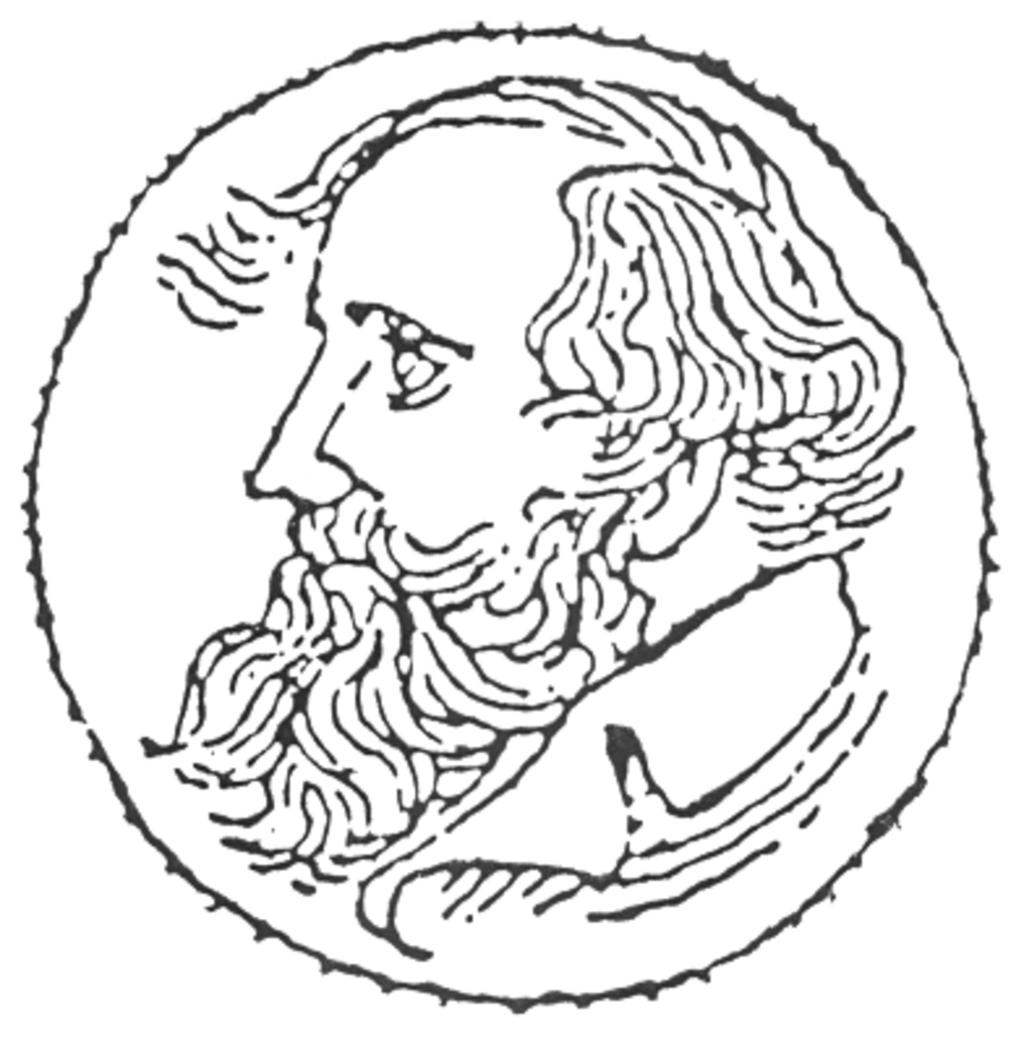TCBA Volume 16 - Issue 1
Page 10 of 18
James Clerk Maxwell and His Contributions to the Understanding of Capacitor Theory
D.C. Cox
President, Resonance Research Corporation
At the heart of every Tesla oscillator circuit lies a high voltage capacitor. From the first capacitor discovered by Mussenbrock at the University of Leyden (hence the name Leyden jar) in 1852, to the modern plastic dielectric high voltage units we presently use, all of these devices operate on the same principles of physics. An investigation of these principles is both interesting and educational. The scope of this article is to briefly trace the capacitor's origin, and then to discuss the physics behind the phenomenon.
Mussenbrock was conducting some electrostatics experiments with a rotating globe of sulfur. There were some glass bottles filled with water nearby, and one of these jars contained a large metal pestle commonly used to pulverize chemicals. As he picked up this jar to move it to another table, he touched the metal pestle. He got the surprise of his life. He was knocked to the ground and nearly unconscious!
The average human body is 70% liquids, and when his conductive hand touched the glass it formed one plate of a high voltage capacitor. The glass jar formed the dielectric, and the water in contact with the metal pestle formed the other plate. The nearby static electric charging machine he was experimenting with charged this capacitor by induction and stored a powerful charge.
The idea of capacitance has been around a long time. However, the explanation of how the phenomena works eluded scientists until James Clerk Maxwell (1831-1879) studied the work of Michael Faraday in detail and decided something was missing. There was a certain lack of symmetry that bothered Maxwell, and his investigations into these details produced an astounding series of results that eventually lead to the discovery of radio waves. That discovery changed man's basic level of communication speed. To understand Maxwell's intrigue with Faraday's work, we must first review Faraday's contribution to the puzzle of modern physics.
Faraday's laws of electromagnetic induction completed the circle of discoveries begun by Oersted who first noted that an electric current flowing in a wire would effect a nearby compass needle. Faraday always had a strong conviction that nature is very symmetrical, i.e., if an electric current can produce a magnetic field, then conversely a magnetic field should produce an electric current. In his own words, “I have long held an opinion, almost amounting to a conviction that the various forms under which the forms of matter are made manifest have one common origin: in other words, are directly related and naturally dependent that they are convertible as it were into one another and possess equivalents of power in their action.”
Faraday performed numerous electrostatic and electromagnetic experiments that led to the concept of the electric and magnetic fields and their interrelationships. He pictured these fields as real, physical entities. After tireless experimenting, Faraday finally made the crucial connection between electrical generation and magnetism: motion! An electric charge and a magnetic pole are unaware of each other's presence when at rest with respect to each other. Only if charges are MOVING with respect to each other do they become aware of this because each experiences a force (electric for the charge and magnetic for the pole) generated by the RELATIVE MOTION. If this sounds strangely similar to anyone trained in modern physics, it is because it is also the very basis of Einstein's theory of relativity (frames of reference with regard to motion).
While Faraday discovered many elements of electromagnetic induction, his lack of mathematical training prevented him from forming an all-encompassing theory of the electromagnetic field. Scottish born James Clerk Maxwell had a powerful mastery of mathematics and was especially adept at geometry. His brilliance in math eventually won him the Chair of Natural Philosophy (physics) at Marischal College in Aberdeen, Scotland. In 1871, he became a full professor at the Cambridge Laboratory in England where he conducted countless experiments in modern electromagnetic field theory.

